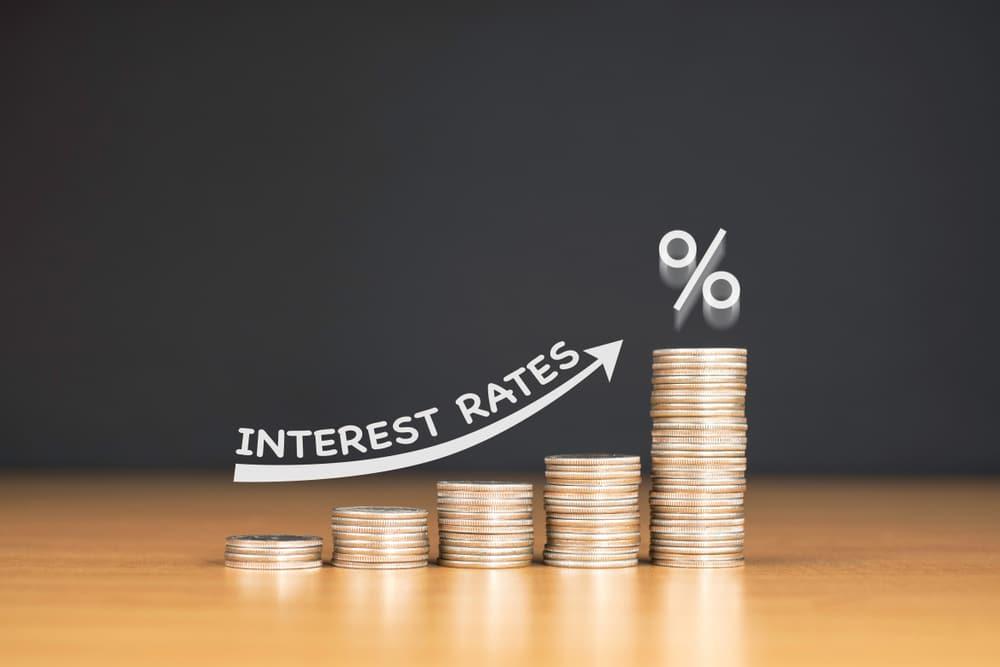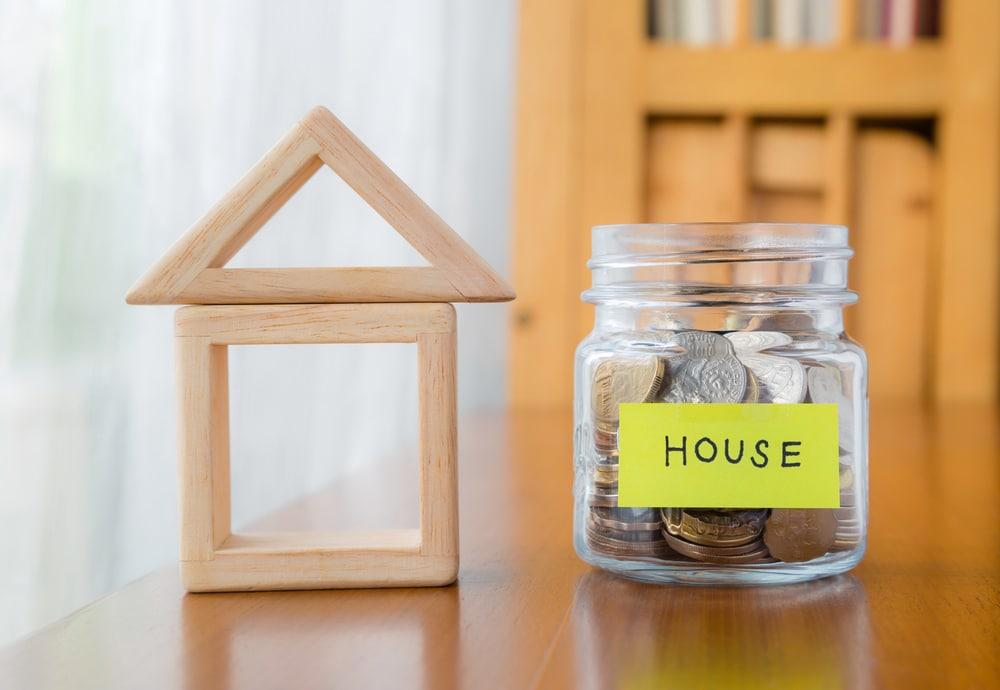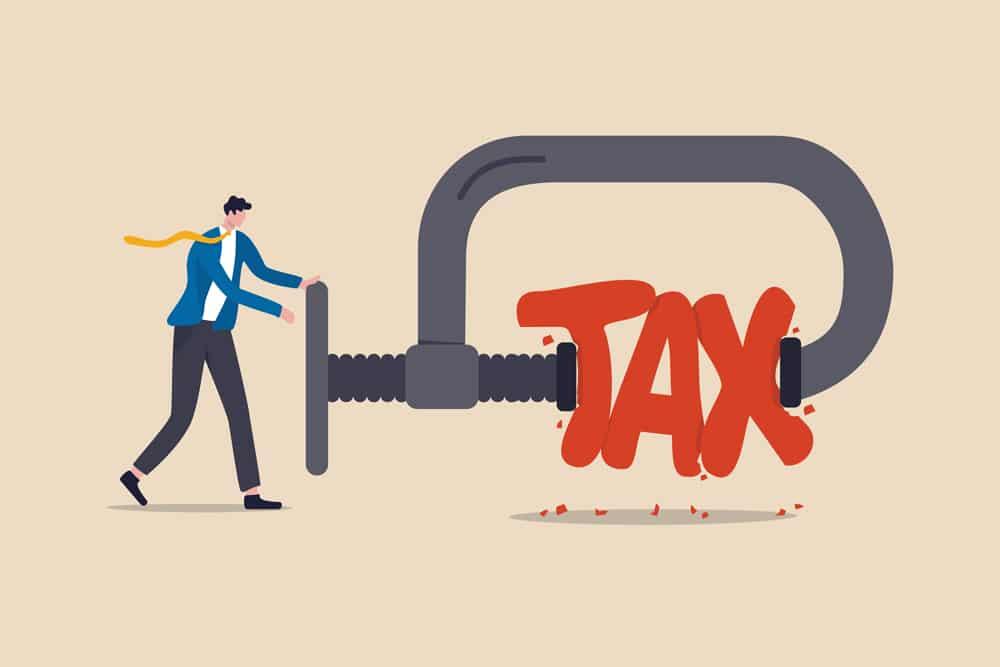
How To Prepare for a Rise in Interest Rates
Right now, in Australia, we are experiencing a record low in interest rates – meaning cash is cheap and it’s a great time to borrow and invest.
But it’s unlikely to last. In fact, it’s not a matter of if more than it is when…
Smart property investors know that it’s dangerous to get too comfortable. Real estate is an ever-changing thing. Markets go up, down and plateau – and so do interest rates.
The question is, how prepared are you for a sudden spike?
PLAN AHEAD NOW
The key to being ready is having a strategy.
Before you spend a single cent on property, you should first devise a long-term plan that takes into account:
- Changing interest-rates
- Changes in capital growth
- Emergencies
- Changes in personal circumstance
Let’s be clear.
While a clever strategy considers and plans for all of the above, the end-game itself is NEVER influenced by any of these changing factors. Instead, because these variables are anticipated and accounted for, investors can remain focused and unphased by market distractions or disturbances.
DOUBLE DOWN ON OPPORTUNITY
If you’ve invested or held property in Australia in the past 12 months you’ve probably locked in some low-interest rates.
Hopefully your rent rates are healthy and you’re in a positive cash flow situation, with more money coming in from your investment than is going out.
What you do with that cash flow will make all the difference if interest-rates rise.
Spend it on assets that look pretty but don’t appreciate – think cars, jet skis, expensive clothes etc – and you’re not taking advantage of a good situation.
WHEN THE GOING GETS TOUGH, THE BUFFER GETS GOING
Instead of splashing out on high-ticket items because of the savings you’re making off low-interest rates, use this opportunity to get ahead of the game.
The number one thing property investors need to do when the going is good, is to create a financial buffer for each of their investment properties.
A buffer is an emergency amount of capital or money that investors can use. The key to this buffer is that it’s liquid. It’s real cash that you can get your hands on easily and quickly.
A buffer protects you if your circumstances change, if a tenant doesn’t pay rent, or if something in the property breaks and needs a fast replacement.
It also means that when interest rates increase and your rent rates take a while to catch up, you stay in the black.
Over time, if you continue to pay into the kitty, this buffer can even allow you to renovate your property when it needs a lift, which will help to keep your rent rates high.
We recommend having anywhere from $5-10k per property to make sure you never have to put your hand in your own pocket for when the unexpected happens.
As property investors we want 100% of the cost of our properties – that’s renos, insurance, emergency maintenance and any interest-rates spike – to come out of a buffer, and not our pockets.
Talk to the coaches at TRC-Gorod about how to structure your strategy so that your buffers are healthy enough to keep your properties paying for themselves.
DEVELOPING YOUR INVESTOR STRATEGY
There’s no denying that everyone has an opinion regarding the real estate market right now, but the truth is, no-one is an expert except the experts! They’ve been in the game long enough to see how the different property cycles work and what you need to be aware of right throughout your investment journey.
Learn more about how you can take advantage of the current property market at one of our free property investor seminars. You’ll be led by a team of professionals who have demonstrated experience working across all types of markets so you can optimise your ability to grow a budding portfolio, create passive income and get set for the future – whatever that may look like for you.
Spaces are limited.
Recent Articles
How To Create A Step By Step Property Plan
To succeed as a property investor, there is one fundamental component you need – a plan. You need a plan that leaves no bases uncovered that would potentially cause issues in the future. Don’t have a plan? Well, you can use my basic road map!
The Secret Behind Buying A Winning Property
When you analyse a deal, it is wise to take it through the following four steps to ensure you have a basic level understanding of the property itself and how it fits into its environment…
Is Buying Off The Plan Right For You?
Buying off the plan can be a great purchasing strategy for property investors because it allows us to create equity for a small amount of money upfront.
In this article we explore what buying off the plan is, and what factors you need to consider in order to go through the process smoothly.
The Ultimate Location Rulebook For Buying Property
Within any market – primary or secondary, there are indicators of the market’s ability to perform. When we understand what these market drivers are, we can organise our investment properties into locations that are primed for growth. The ‘Location, location, location’ is actually derived from more than just a post-code. These buying factors are split up into two groups – macro drivers and mirco drivers…
1 Deposit, Multiple Properties – Here’s How!
Buying an investment property and growing a portfolio that is going to generate long-term wealth is a discipline of business. In basic terms, this means you have to have a clear understanding of how you’re going to maximise your profits. Because of this, every investor needs to be able to develop a cash on cash strategy to help bank roll their property endeavours to ensure they have a functional and profitable business model.
How To Accelerate Wealth Creation Through Real Estate
Wealth is a habit; and rich people have the habit of living well. They pass that on, they teach, share, network and help each other. The fact remains, those you surround yourself with, do have a high impact on your ability to create and sustain wealth.
The 3 Golden Rules Of Lending
Lending money to invest in real estate binds property investment together. Without taking on debt or risk, the average person will seldom advance financially in life. Without borrowing money, we as investors would be limited and completely stuck.
It’s important that lending is discussed, and investors recognise and understand the best type of investment loans. Here are three very simple rules to follow when borrowing funds for investing.
How To Claim Back 78 Per Cent Of Your Tax!
There are ways to reduce how much tax you actually pay in order to keep more cash in your pocket – the golden word – property investment. You see, owning real estate in Australia can be very tax effective. This is how you can minimise the amount of tax you are liable to pay.
3 Ways a Property Investor Will LOSE Money!
There are many ways you can win big by investing in real estate. Equally, if you lose sight of the basics, you’ll end up losing something much worse – money! No one sets out on their property journey to go backwards financially, so take note of these three common mistakes that investors often make, because if you don’t, it may cost you in the long run. Here are 3 ways an investor can lose money…












